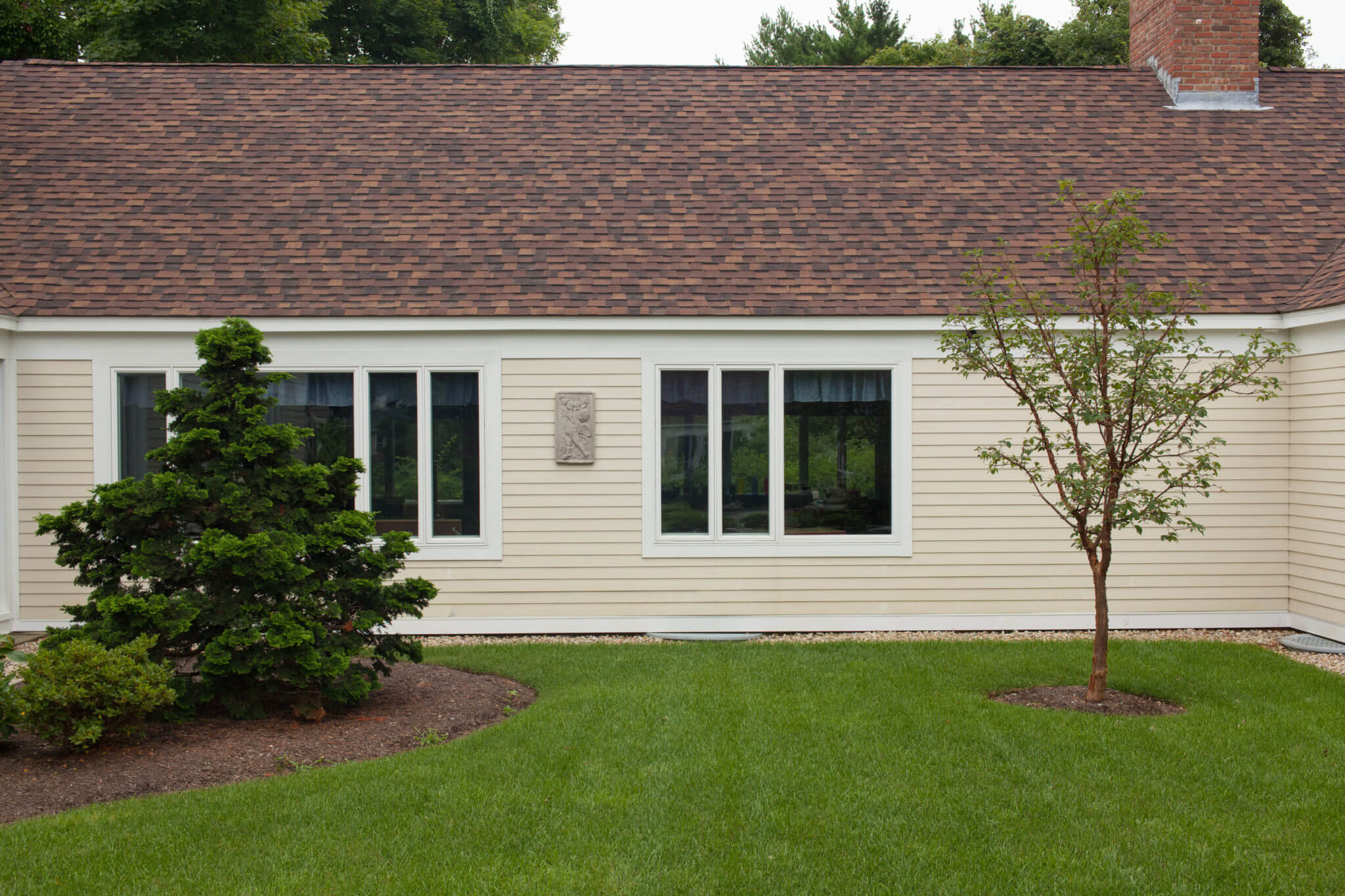When it comes to maintaining your roof and solar panels, regular upkeep is essential to ensure their longevity and efficiency. Both your roof and solar panels play a crucial role in protecting your home and reducing your energy costs. Therefore, it is important to know how to properly maintain the quality of solar and roofing in Texas, USA.

1. Regular Roof Inspections: Regular roof inspections are vital for identifying any potential issues before they become major problems. It is recommended to have your roof inspected at least once a year, preferably during the spring or fall. During a roof inspection, a professional roofer will check for signs of damage, such as cracked or missing shingles, leaks, or sagging areas.
2. Clean and Clear Debris: Regularly cleaning and clearing debris from your roof is important to prevent clogs and water damage. Leaves, branches, and other debris can accumulate on your roof and in your gutters, causing water to pool and potentially seep into your home. This can lead to leaks and moisture problems, which can deteriorate your roof over time.
3. Trim Overhanging Trees: If you have trees near your home, it is important to regularly trim any branches that overhang your roof. Overhanging branches can scrape against your roof during windy conditions, causing damage to shingles and other roofing materials.
4. Check for Signs of Water Damage: Water damage can be a silent and costly problem for your roof. It is important to regularly check for signs of water damage, such as water stains on ceilings or walls, mold or mildew growth, or a musty odor in your attic.
Conclusion
Maintaining your roof and solar panels is essential for their longevity and efficiency. Regular inspections, cleaning, and monitoring will help ensure that both your roof and solar panels are in optimal condition. By following the tips mentioned in this article, you can protect your investment and enjoy the benefits of a well-maintained roof and solar panel system.
